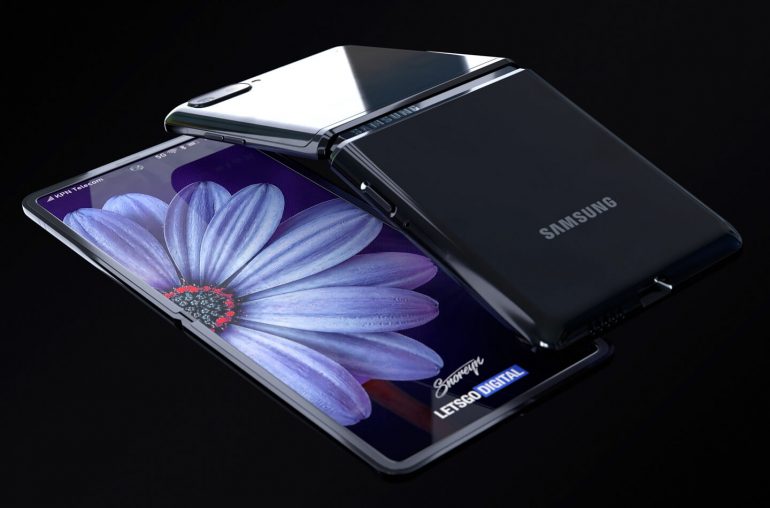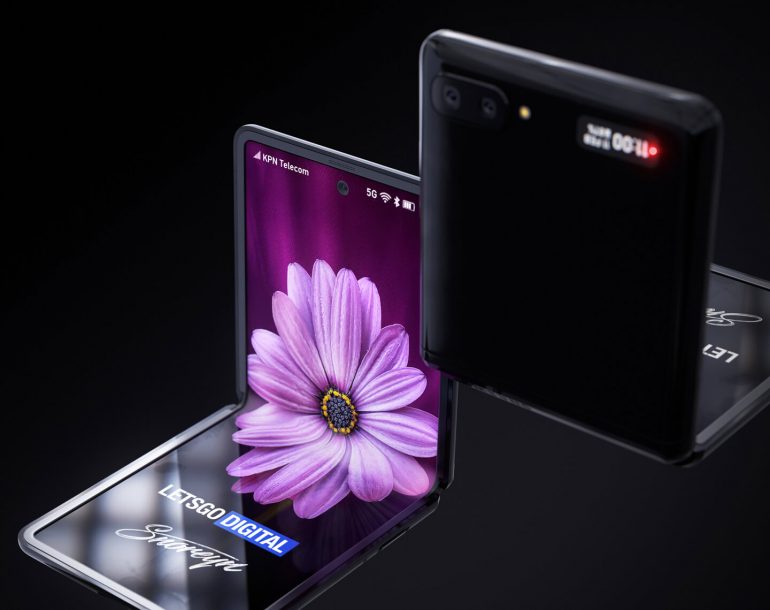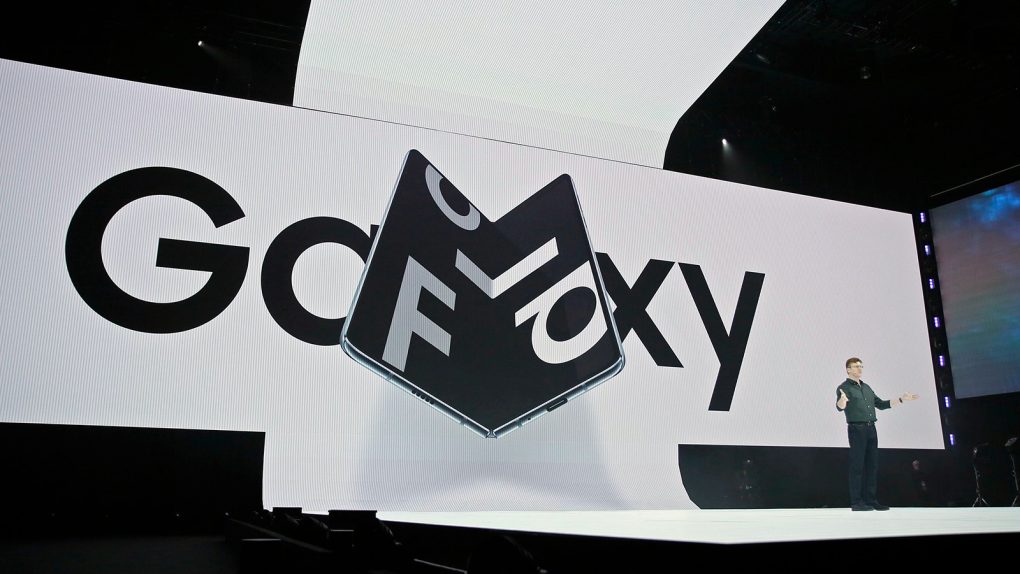I don’t know how much of a percentage I’d put on the chances of this, but let me put it this way. I think there’s at least a small possibility that Samsung might upstage itself next month at the February 11 event at which the new Galaxy S20 phone series (the successor lineup to last year’s Galaxy S10) will be shown off. During the same event, Samsung will also unveil the somewhat awkwardly named Galaxy Z Flip — a clamshell-shaped, compact foldable phone, the launch of which the company hopes will be nothing like last year’s foldable misfire from Samsung that cost almost $2,000 and was responsible for a barrage of negative headlines thanks to the mountain of design flaws and too-fragile devices.
This time around, as we and others have noted, instead of opening and closing like a book the company’s second try at a foldable phone will snap closed vertically a la the Motorola Razr. The display will be ultra-thin and even more scratch-resistant, and Samsung has also patented what it’s calling a “hideaway hinge” that makes the fold across the screen not too noticeable (compared to the unsightly crease on the original Galaxy Fold). And when you combine all of these and other details that have trickled out about what Samsung is planning here, the end result could end up being close to images like those you see below and in the video above.

These renderings come via the team at Dutch tech news blog LetsGoDigital, which joined the speculation in a piece this week that in all likelihood we can expect to see a much cheaper price tag for the Galaxy Z Flip — the name of which we should note was confirmed by prolific leaker Ice Universe in a tweet over the weekend:
Galaxy Z Flip pic.twitter.com/WKA5mpICVE
— Ice universe (@UniverseIce) January 12, 2020
The phone is rumored to cost around $1,000, several hundred dollars less than the $1,980 Galaxy Fold. It will be especially interesting if Samsung can pull that off, because as we noted above the new foldable’s manufacturing will be more complex (and presumably more expensive) thanks to the trickier fabrication process associated with components like an ultra-thin glass display. It’s believed that will increase production costs, even though Samsung is apparently going to give us a less expensive final product.
The new foldable is also expected to boast a 6.7-inch flexible display, compared to the Motorola Razr’s 6.2-inch. Not much is known yet along the lines of the phone’s thickness, but the idea here is that it’s a compact, easily-storable gadget that fits easily in a pocket or a purse (thanks to the fact that it also looks and is shaped like a makeup compact).

Another question mark is what, if anything, Samsung might add to the package to entice consumers to buy this phone — things like free or discounted repair services, since replacing a foldable screen would be pretty expensive, and concierge-like dedicated support for owners of the foldable. Camera-wise, we’re expecting one on the front and two on the back, so half of the six cameras the Galaxy Fold came equipped with. In the phone’s folded state, you’ll also see a small area for minor notifications, and the new foldable is expected to get Qualcomm’s Snapdragon 855 chipset a la the Galaxy S10 and Note 10 phones.
Hard to believe the original Galaxy Fold only came out about four months ago (following its originally scheduled launch in April of 2018), but here we are talking about Samsung’s foldable follow-up. The big unveiling is set for Tuesday morning, February 11, almost two weeks ahead of this year’s Mobile World Congress in Barcelona. Based on the early indications, it seems that Samsung is following its usual pattern here — race to be first to market, even if the result is embarrassing and full of mistakes, and then slowly refine its way to a much better and much more commercially successful outcome.








